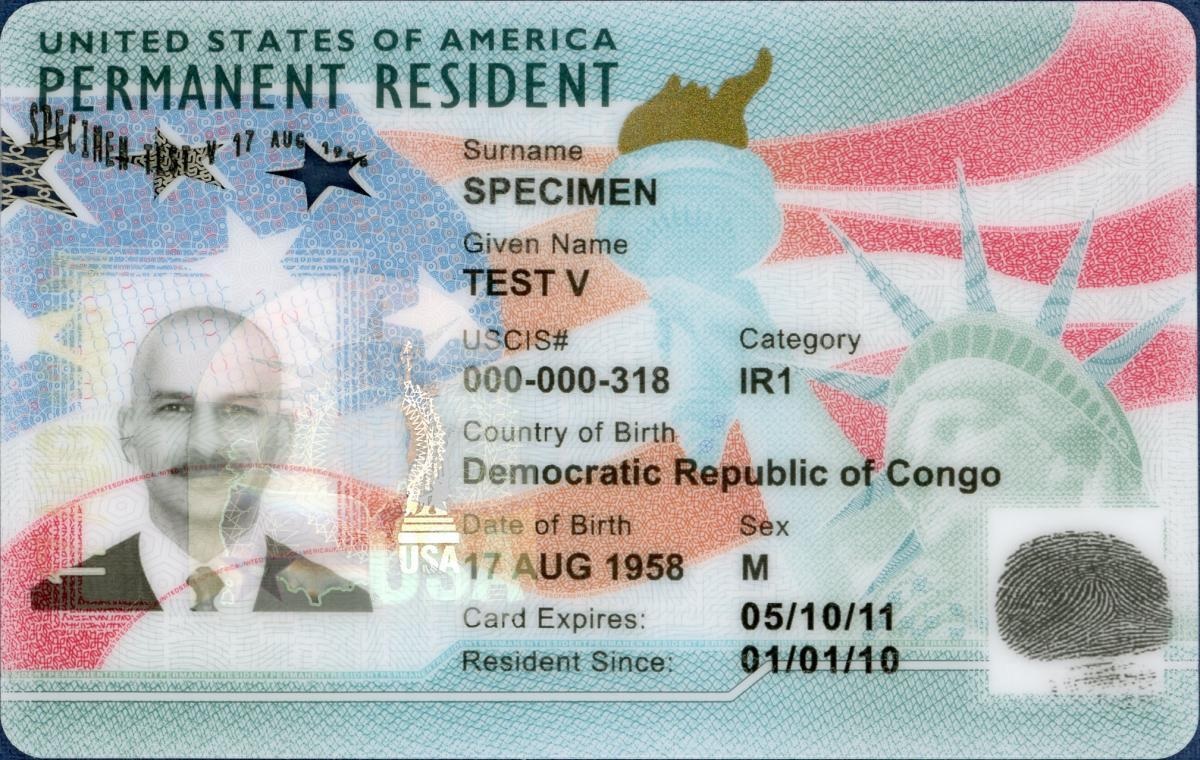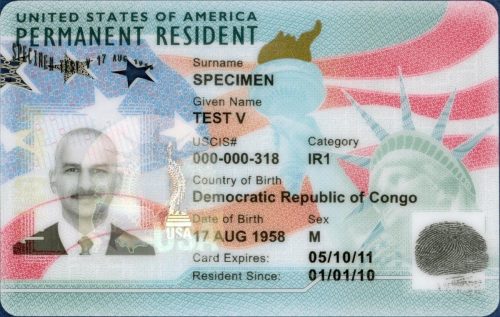
Indians to be biggest gainers with greatest increases in employment-based and Diversity visas.
If President Joe Biden’s sweeping immigration bill is passed, it would increase annual green card numbers by 35% or nearly 375,500, according to an analysis by Boundless, a Seattle, Washington based immigration firm.
Boundless estimates that with this increase the number of immigrants obtaining lawful permanent residency or a green card would go up to a total of about 1.5 million annually if the US Citizenship Act were enacted.
The current baseline is just under 1.1 million green cards per year, using the annual five-year average across Fiscal Years 2014 to 2018, it noted.
Indians are likely to be the biggest beneficiaries as the greatest increases would be in the employment-based categories and the Diversity Visa program.
Indian professionals currently get about two thirds of the 85,000 H-1B visas for high skilled workers in speciality occupations, including about 20,000 with advanced degrees, annually.
But they face a decades long wait for green cards due to a 7% country cap for all countries, big or small.
The backlog for employment based green cards crossed 1.2 million in 2020 with Indians making 68% or about 800,000 of them, according to US Citizenship and Immigration Services (USCIS) data.
If Biden’s bill passes, an additional 80,000 advanced degree workers would be granted permanent residency, along with more than 78,000 “first preference” workers (people with “extraordinary ability,” university professors and researchers, and executives or managers at multinational companies), Boundless noted.
The number of Diversity Visas would increase by more than half, from 50,000 to about 120,000 per year.
“Just because the bill raises a visa cap does not necessarily mean that all of those green cards will be used in a given year,” said Doug Rand, Boundless co-founder and immigration policy expert.
“If welcoming several hundred thousand more permanent residents to the United States each year sounds like a lot, it’s not,” he added noting the US currently issues far fewer green cards compared to its peer countries.
Canada and Australia, for instance, offer permanent residency to more than twice as many immigrants, and New Zealand triple as many, compared with the US on a population-adjusted basis.
With the falling birth rate in the US, “an approximate 37% increase in annual immigration levels is required to help maintain the current age dependency ratio by 2060 and reduce the ill effects associated with significant demographic decline,” according to the National Immigration Forum, an immigrant advocacy group.
According to Boundless analysis, Biden’s proposed US Citizenship Act would make several key changes to “future flows” of legal immigration, including:
Spouses and minor children of permanent residents: This category would no longer be capped, as is already the case with spouse, minor children, and parents of US citizens.
Employment-based immigrants: Spouses and minor children of the sponsored worker would no longer count toward annual green card caps.
In addition, graduates from US universities with a PhD in a STEM field (science, technology, engineering, and math) would not count toward green card caps.
More green cards would be available for employer-sponsored workers in fields that do not require a college degree.
More “special immigrant” green cards would be available for Syrian nationals who assisted the US military.
Diversity visas: Spouses and minor children of the primary applicant would no longer count toward annual green card caps.
Humanitarian visas: More U visas—and ultimately green cards—would be available for victims of domestic violence and other crimes who cooperate with law enforcement.
READ MORE:
Biden administration will not defend Trump’s ‘public charge’ rule (March 11, 2021)
Republican AGs fight Biden rollback of Trump immigration agenda (March 15, 2021)



